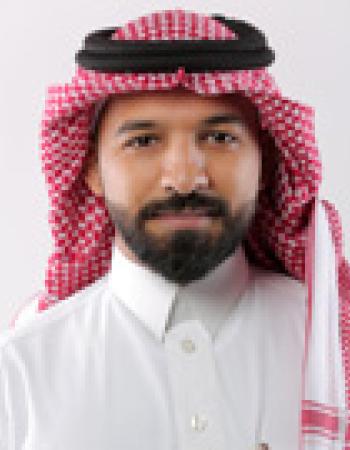This course is an introduction to sociolinguistics, the study of the relationship between language and society. We will look at variation at all levels of language and how such variation constructs and is constructed by identity and culture. An exploration of attitudes and ideologies about these varieties will be of particular importance to understanding this relationship. We will also consider some of the educational, political, and social repercussions of these sociolinguistic facts.
Schedule*
*This schedule is subject to change. For example, we may spend more or less time covering some topics, based in part on your feedback. This means that you can play a role in deciding what is covered in class and in what detail, but it also means that you are responsible for making sure you know what you need to do for each class.
Evaluation:
10% Class participation (includes preparation for class based on readings)
30% Observation project
25% Language description project
5% Presentation on final paper topic
30% Final Paper
sample of final exam questions
Answer only TWO of the following questions on your exam sheet.
1. Is language education an end in itself?
2. Can we postulate an ideal speaker in sociolinguistics studies?
3. Patrona (2006:6) maintains that the media are shaped by the wider processes of sociocultural changes, and play a pivotal role in their diffusion. Does this make the media an agent of change?
___________________________________________________________________________
Answer only TWO of the following questions on your exam sheet.
1. Holmes (2000:300) maintains that ‘it seems possible that for men mock-insults and abuse serve the same function – expressing solidarity and maintaining social relationships – as complements and agreeing comments do for women’ Is it possible that women do not use mock-insults and abuse because they are socially “prevented” from doing so?
2. Why do dialect differences tend to become smaller?
3. What are the sociolinguistics varieties brought by teachers and students to the language classroom? Is education to reinforce these variations?
Question 4 ( 15 marks) ( 45 minutes)
How does the new sociolinguistic approach make “ se
nse of what had appeared
to be chaotic and unsystematic linguistic variabili
ty” in urban communities?
Please make sure you give enough examples and supporting evidence.

